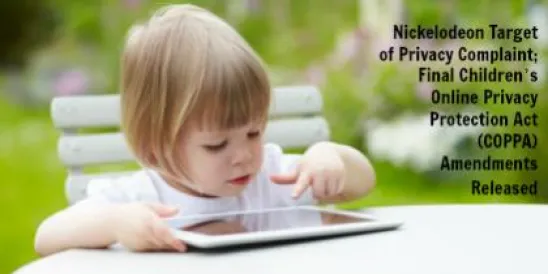The FTC has issued a request for public comment regarding Riyo’s application to recognize a new proposed verifiable parental consent method under the FTC’s Children’s Online Privacy Protection Act Rule. The Rule, which implements the Children’s Online Privacy Protection Act (COPPA), requires certain website operators, mobile applications, and other online services to provide parents notice, and to obtain verifiable parental consent, before collecting, using, or disclosing personal information from children under the age of 13 online. The COPPA Rule includes a non-exhaustive list of approved methods for obtaining parental consent but also allows an interested party to propose voluntarily a new verifiable parent consent method for FTC consideration.
Jest8 Ltd., trading as Riyo, submitted such a proposal for a consent method that involves “validating a parent’s face against an online presentation of verified photo identification.” Riyo said the method is based on a fraud prevention tool currently in use in sensitive and regulated markets globally, and that the method differs from those enumerated in the COPPA Rule because it “uses computer vision technology, algorithms, image forensics, and multi-factor authentication to validate a parent’s identity . . . .” The parent begins by using a mobile phone or computer to take a picture of the parent’s photo identification (such as a driver’s license). The parent then uses the same device to take a picture of him- or herself. The two images are compared to validate that the person providing consent is the same person in the photo identification. (The application suggests all information in the photo identification is cropped out, except for the photo image.) Riyo states that the verification process can be completed within minutes, providing a real-time parental consent process for websites and mobile applications.
The Commission states that it is particularly interested in receiving comments that address whether: the proposed method is already covered by existing methods under the COPPA Rule; the method is reasonably calculated, in light of available technology, to ensure that the person providing the consent is actually the child’s parent; and the benefits of the program outweigh any risks to consumer’ personal information. Comments are due on or before September 3, 2015.
Ani Gevorkian is the author of this article.



 />i
/>i

